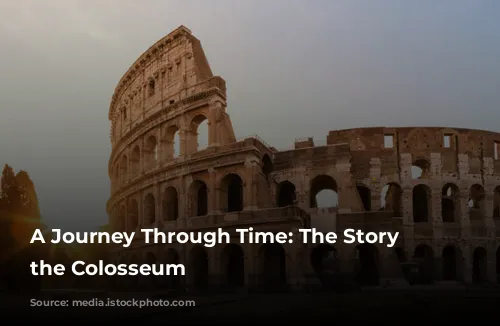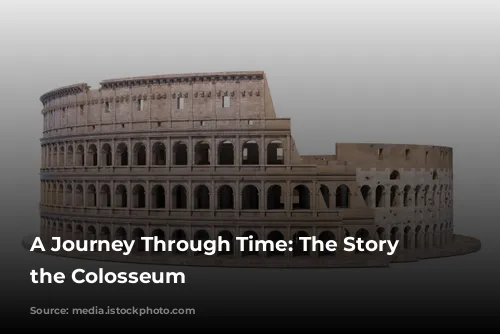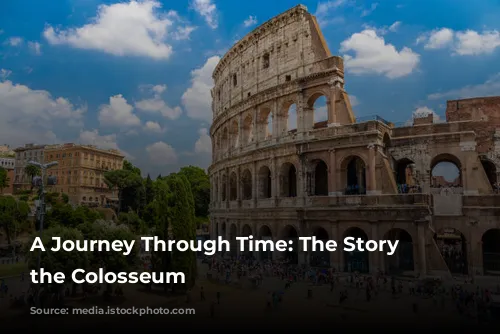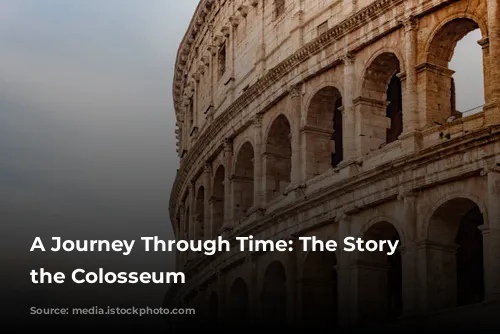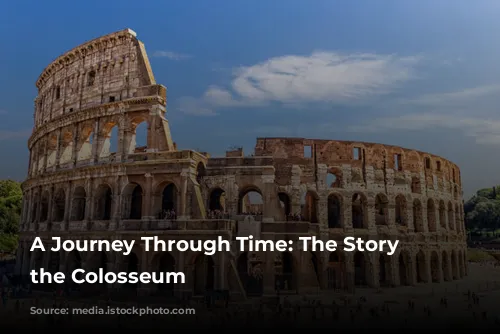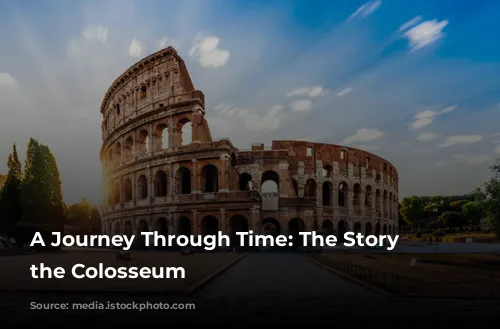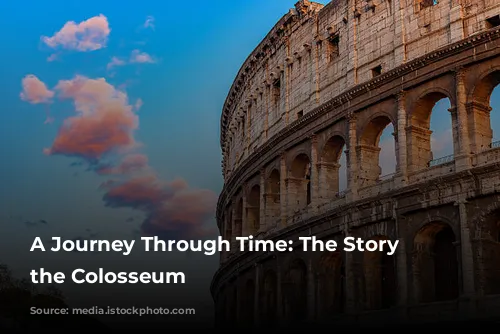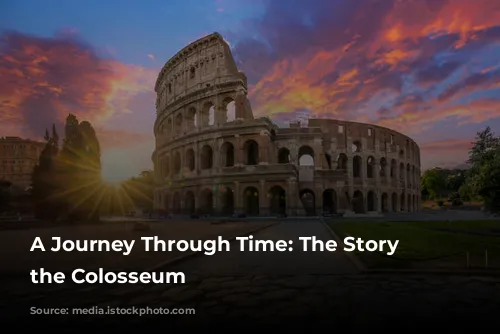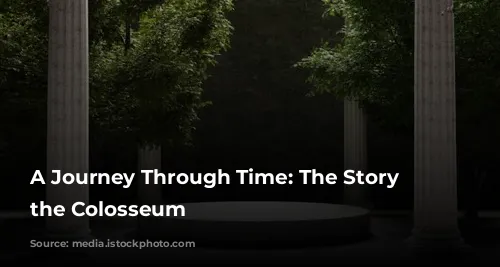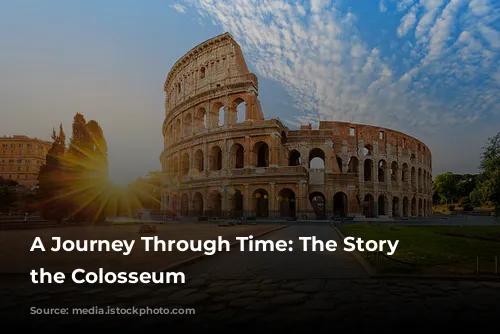The Colosseum, a towering symbol of ancient Rome, has witnessed a tumultuous history, echoing with the echoes of a bygone era. Once a bustling gladiatorial arena, it saw the rise and fall of the Roman Empire, its grandeur and might reflected in the spectacle of gladiatorial combats and wild animal hunts. Legends speak of hundreds of thousands losing their lives on its sandy floor, alongside a staggering million wild beasts from across the known world.
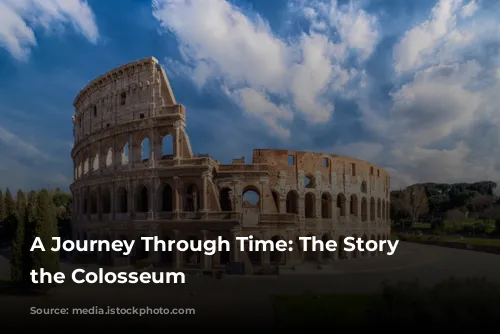
From Arena to Fortified Castle
The Flavian Amphitheater, as it was originally known, was a gift from Emperor Vespasian to the people of Rome, a gesture to appease the public after the tumultuous reign of Nero. His son, Titus, formally dedicated the Colosseum, marking its inauguration with 100 days of extravagant games. Domitian, Titus’s brother, oversaw the final stages of construction, completing the colossal structure in 83 AD. While the exact date of the last gladiatorial combat remains elusive, historical records indicate it occurred during this period. The Colosseum, once a vibrant center of entertainment, eventually fell into disuse. Its arena floor became a cemetery, its vaulted spaces transformed into makeshift homes and workshops. The Frangipani family, a prominent Roman clan, took possession of the building, turning it into a fortified castle.
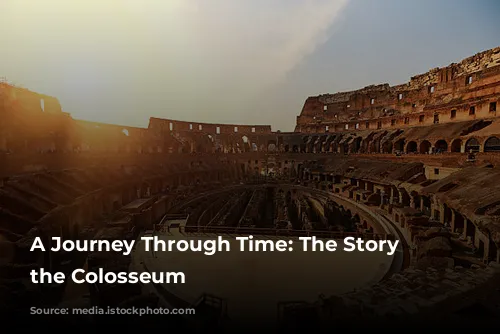
A Legacy of Ruin and Rebirth
The Colosseum’s fate, however, was far from settled. A devastating earthquake struck the city, leaving the monument irreparably damaged. Sections of its outer walls crumbled, scars visible even today. Its decline accelerated as valuable building materials were plundered. Iron clamps, once holding the structure together, were melted down and repurposed. Stone was scavenged, contributing to the construction of other Roman buildings, including St. Peter’s Basilica.
But amidst the decay, a ray of hope emerged. Pope Benedict XIV, recognizing the Colosseum’s historical significance, declared it a holy place, marking the beginning of its preservation. This declaration, although lacking solid historical evidence, ushered in an era of restoration projects, undertaken by various Popes, governments, and the city of Rome itself.
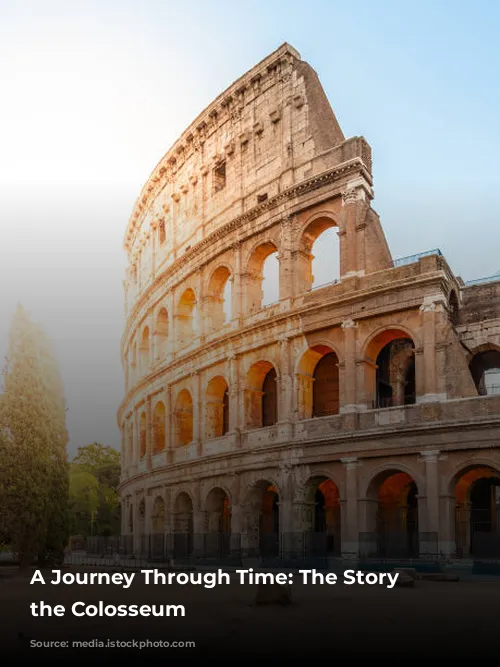
A Symbol for the World
Today, the Colosseum stands as a testament to the ingenuity and power of the Roman Empire. It has undergone extensive restoration, including a complete cleaning of its facade, revealing the grandeur of its original design. Each year, millions of visitors from around the globe marvel at its timeless beauty. The Colosseum, now Italy’s most visited tourist attraction, continues to be a beacon of history and culture, attracting tourists from all corners of the world. Its enduring legacy as one of the oldest and best-preserved ancient structures in the world speaks volumes about its significance. The Colosseum, a living monument to the past, still captures the imagination and awe of millions of visitors every year, reminding us of the enduring power of history.
